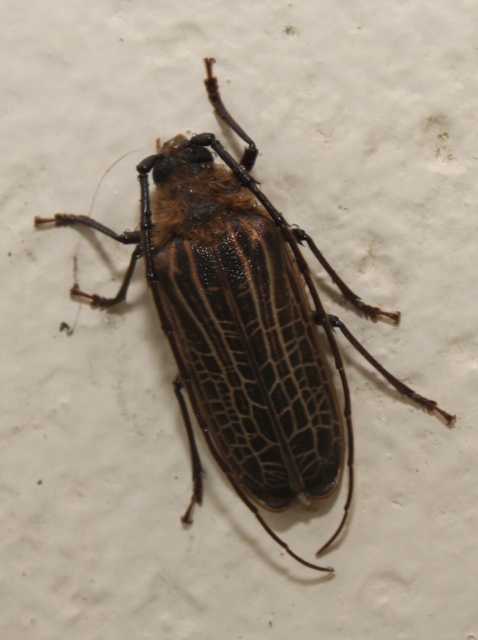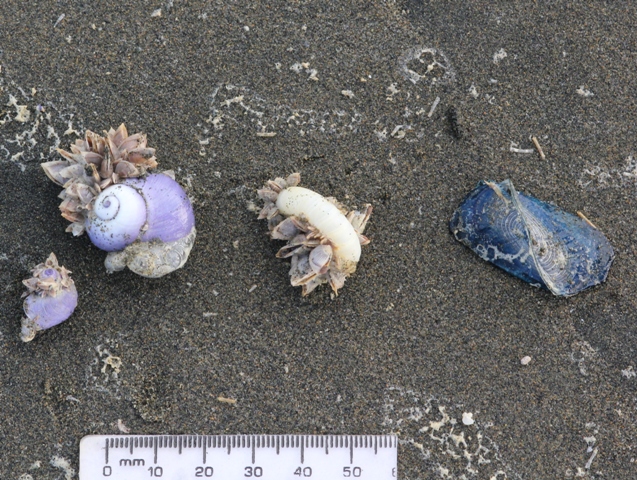Christchurch, South Island, New Zealand
08.12.2011
One of the must-see things in Christchurch for us was the Cashel Mall which was badly affected by the February earthquake. We had heard that it was now a thriving mall; a unique rebirth in a city which has suffered so much. Since October it has been operating from containers. All kinds of shops, banks and cafes have sprung up. Their surroundings have been landscaped and even the seagulls have moved in.
I've taken a lot more pictures, they can be viewed here.
Links for press news about this unique mall:
08.12.2011
One of the must-see things in Christchurch for us was the Cashel Mall which was badly affected by the February earthquake. We had heard that it was now a thriving mall; a unique rebirth in a city which has suffered so much. Since October it has been operating from containers. All kinds of shops, banks and cafes have sprung up. Their surroundings have been landscaped and even the seagulls have moved in.
 |
| Coffee shop |
I've taken a lot more pictures, they can be viewed here.
Links for press news about this unique mall:
PS: we were in Christchurch only 2 nights and experienced no tremors, but since then there has been some very bad nerve wracking pre-Christmas quakes. If you like, you could follow them up in this excellent site

















































